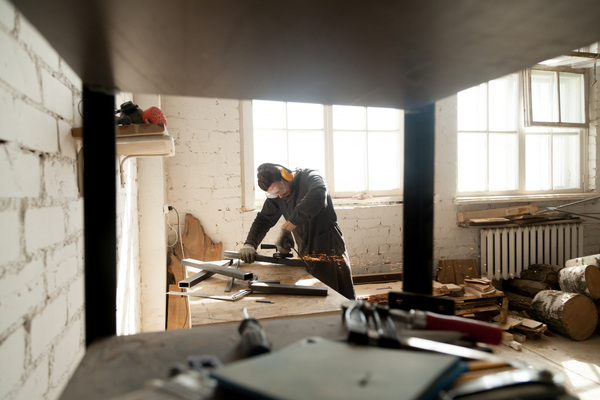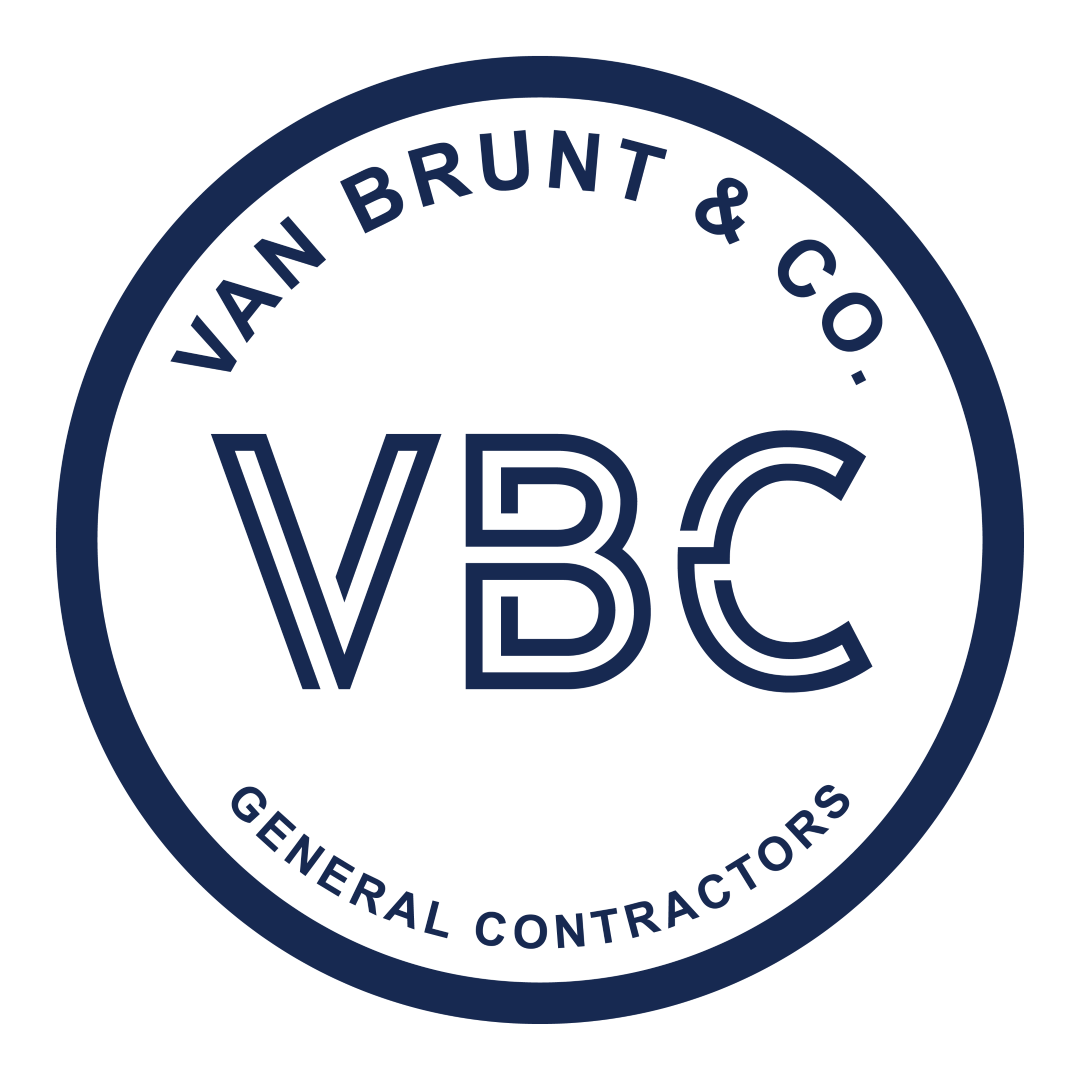Many amateur home improvement and DIY enthusiasts mistakenly use the terms remodeling, restoring, and renovating interchangeably. But why do these three words exist if they all describe changes to a building’s structure? The truth is—they don’t mean the same thing. Each term defines a different level of construction work, varying in size and scope.
When discussing your project with a contractor, builder, interior designer, architect, or structural engineer, understanding these distinctions can help you communicate your vision more clearly. Knowing the right terminology ensures your team is on the same page, leading to better planning and execution.
 Remodeling
Remodeling
Remodeling, also known as remodeling in some regions, is the most extensive home improvement project. It involves reshaping and restructuring an entire room or building, often requiring planning permission and the expertise of an architect. This process goes beyond surface upgrades, making fundamental changes to a property’s structure.
Common remodeling activities include:
- Demolishing and constructing walls to redefine space
- Installing central heating or cooling systems for enhanced comfort
- Lowering floors through underpinning or benching
- Raising ceilings by utilizing loft space
- Changing a building’s layout, such as relocating the kitchen or bathroom
- Expanding the home with an extension or enclosing open spaces
Since remodeling involves multiple trades and specialists, it is the most expensive type of home improvement. Ensuring compliance with legal requirements and maintaining structural integrity demand skilled professionals. If you’re considering a remodel, plan a generous budget to cover architectural design, permits, labor, and high-quality materials. A well-executed remodel not only improves functionality but also significantly increases property value.
Renovation
Renovating a building is less extensive than remodeling but still involves significant improvements. The term “renovate” means to renew, which accurately describes the process of upgrading existing structures without altering their fundamental layout.
If a building is structurally sound but needs certain updates to become livable, it falls under renovation. This process typically includes:
- Installing new flooring
- Replacing and replastering walls
- Upgrading bathrooms or kitchens
- Replacing outdated windows
- Relocating light fixtures
- Rewiring electrical systems
Although renovations can be costly, they are generally more affordable than full remodeling projects. You’ll still need skilled professionals such as carpenters, builders, installers, and plasterers to ensure high-quality results.
One advantage of renovation is that it usually doesn’t require planning permission or an architect’s assistance. If you’re unsure whether your project is a renovation or a remodel, ask yourself: Does it require an architect? If not, it’s likely a renovation.
Restoration
A restoration project may sound like a grand endeavor—especially with how TV home repair shows often portray it—but in reality, it’s the simplest type of home improvement. As the name suggests, restoration focuses on returning a building to its original condition.
Restoration professionals aim to preserve as much of the original structure as possible. They only replace components that no longer function or have visible damage. The goal is to maintain the building’s authenticity while enhancing its durability. A typical restoration project includes:
- Repairing damaged plasterwork
- Replacing broken balusters on an original banister
- Removing outdated carpets
- Replacing broken or missing floorboards
- Restoring rotten window frames with accurate replicas
- Chipping off modern tiles to uncover original ones
- Installing bathroom taps that complement the period style
 Should You Choose Renovation, Restoration, or Remodeling for Your Project?
Should You Choose Renovation, Restoration, or Remodeling for Your Project?
Before you start any construction work—whether it’s on your home, an investment property, or a commercial space like a restaurant, office, or retail store—you need to determine the type of project that fits your goals. The right choice depends on three key factors, which we call The Three Cs for easy decision-making:
Cost Consideration
How much are you prepared to spend? Remodeling typically costs around 10% of the property’s total value, so it’s important to set a realistic budget. That’s a significant investment, so if your budget is limited, a renovation or restoration might be a more practical option.
Changes You Need
What level of transformation are you aiming for? Do you see the property as a blank slate for a total redesign, or do you prefer minor updates? Consider how much disruption you can handle and how the improvements will impact your lifestyle. If you’re planning a major redesign, remodeling might be the best choice. But if you want to refresh the space without major structural work, renovation or restoration could be a better fit.
Comfort Level
Can you live with the property as it is, with just a few updates, or do you need a complete overhaul? If repairs, replacements, and cosmetic upgrades will satisfy you, restoration might be enough. But if you won’t be happy until you’ve reconfigured the layout, knocked down walls, and created a new design, remodeling is the way to go—even if it means stretching your budget.
Considering your budget, desired changes, and long-term satisfaction, you can confidently decide whether renovation, restoration, or remodeling is the best option for your property.
Key Differences Between Renovation, Restoration, and Remodeling
Many homeowners struggle to distinguish between these three types of home improvement projects. A dedicated section breaking down the key differences—with real-world examples—would improve clarity and help readers make informed decisions.
- Remodeling Example: Converting a traditional kitchen into an open-concept space by removing walls and relocating appliances.
- Renovation Example: Updating an outdated kitchen by installing new countertops, cabinets, and flooring without altering the layout.
- Restoration Example: Restoring an old Victorian home by refinishing original hardwood floors, repairing plaster moldings, and replacing period-style fixtures.
Including a comparison table would also be a great way to visually differentiate these three processes for better readability.
How to Choose the Right Professionals for Your Home Improvement Project
Selecting the right professionals can make or break a project. This section would guide homeowners in hiring the right team, depending on the type of work required.
- When You Need an Architect vs. a Contractor:
- Architects are necessary for major remodels involving layout changes, structural modifications, or building permits.
- General contractors are best suited for renovations that require skilled labor but no design changes.
- Restoration specialists excel at preserving historical details while ensuring the home remains structurally sound.
- Questions to Ask Before Hiring a Professional:
- Do they have experience with this type of project?
- Are they licensed and insured?
- Can they provide references and a portfolio of past work?
- What’s their estimated timeline and budget breakdown?
Conclusion
Choosing between remodeling, renovation, or restoration depends on your budget, the extent of the changes needed, and your long-term vision for the property. Remodeling involves major structural modifications, making it the most expensive and complex option. Renovation enhances a space by upgrading existing features without altering its original layout, offering a cost-effective alternative. Restoration, the least intrusive option, focuses on preserving a building’s historical integrity while repairing worn-out elements.
Before starting any home improvement project, evaluate your financial resources, lifestyle needs, and desired outcomes. Hiring the right professionals ensures quality workmanship and compliance with building codes. To avoid common mistakes, research thoroughly, plan carefully, and work with experienced experts. Whether you aim to enhance functionality, refresh aesthetics, or restore character, choosing the right approach will help maximize your property’s value and appeal.
FAQ’s
What is the difference between remodeling, renovation, and restoration?
Remodeling changes a building’s structure or layout by removing walls, adding extensions, or reconfiguring spaces. Renovation improves existing features without altering the layout, such as updating flooring or upgrading a kitchen. Restoration focuses on returning a building to its original condition by preserving historical elements while repairing damaged components.
What types of projects are considered remodeling?
Remodeling projects include altering room layouts, expanding living spaces, lowering or raising ceilings, reconfiguring kitchens or bathrooms, and upgrading HVAC, plumbing, or electrical systems. These projects often require professional expertise and careful planning.
Does remodeling increase home value?
Remodeling can significantly boost property value, especially when upgrading kitchens, bathrooms, and open-concept spaces. The return on investment depends on factors like market trends, location, and the quality of the work.
Do I need a permit for a remodeling project?
Most remodeling projects require a permit, especially when they involve structural modifications, electrical work, plumbing updates, or HVAC changes. Checking with local building authorities ensures compliance with regulations and prevents legal issues.
Users Also Say:
jro****
Remodeling involves a major transformation that upgrades a space in a significant way. A kitchen remodel typically includes installing new cabinetry, countertops, flooring, appliances, and lighting. In a bathroom remodel, homeowners often replace flooring, vanities, lighting, toilets, mirrors, and tub or shower surrounds. In some cases, if the existing tub remains in good condition, it may not require replacement.
Beyond surface upgrades, remodeling often includes structural changes to enhance functionality and modernize the layout. For example, removing a wall between the kitchen and formal dining room can create an open-concept floor plan, a popular design choice as formal dining rooms become less common.
Most remodeling projects require permits, especially when involving electrical work, plumbing modifications, or structural alterations. While some minor remodels might not trigger permit requirements, significant changes almost always necessitate approval to ensure compliance with building codes and safety regulations.
Brea*****
A remodel involves altering the layout or functionality of a space while replacing nearly everything with new elements. This typically includes appliances, cabinets, countertops, lighting, sinks, faucets, and flooring, with only a few exceptions.

